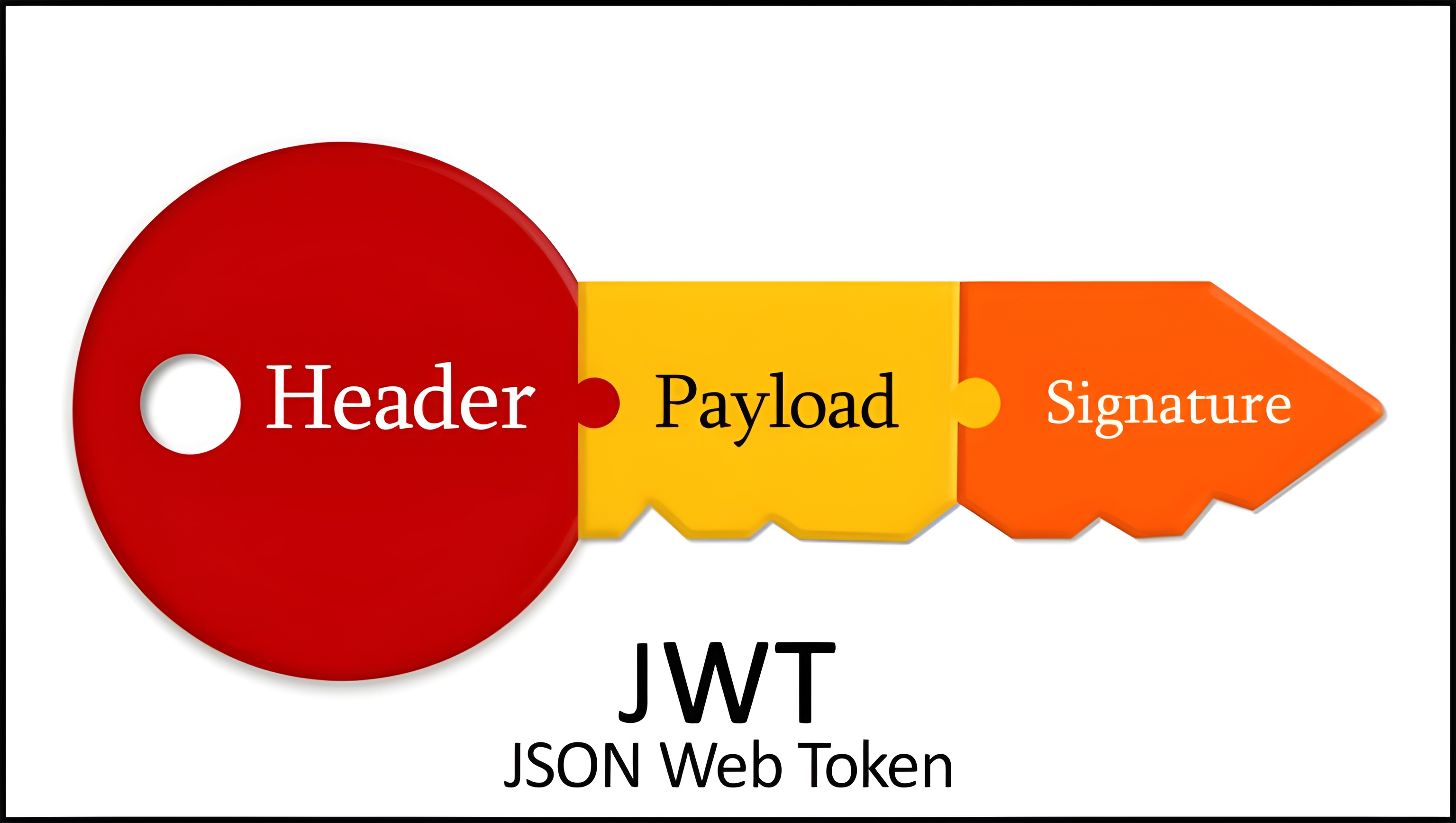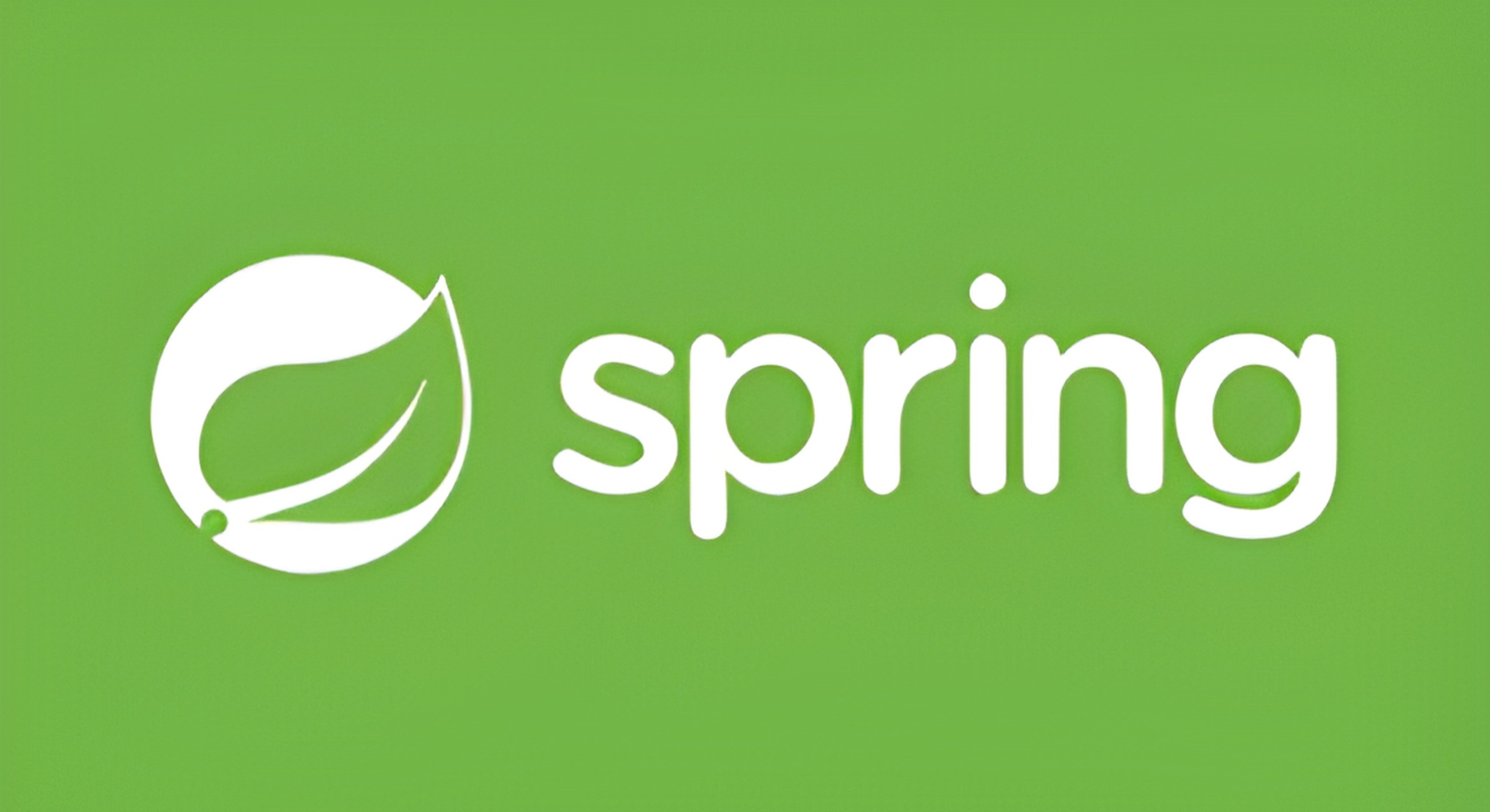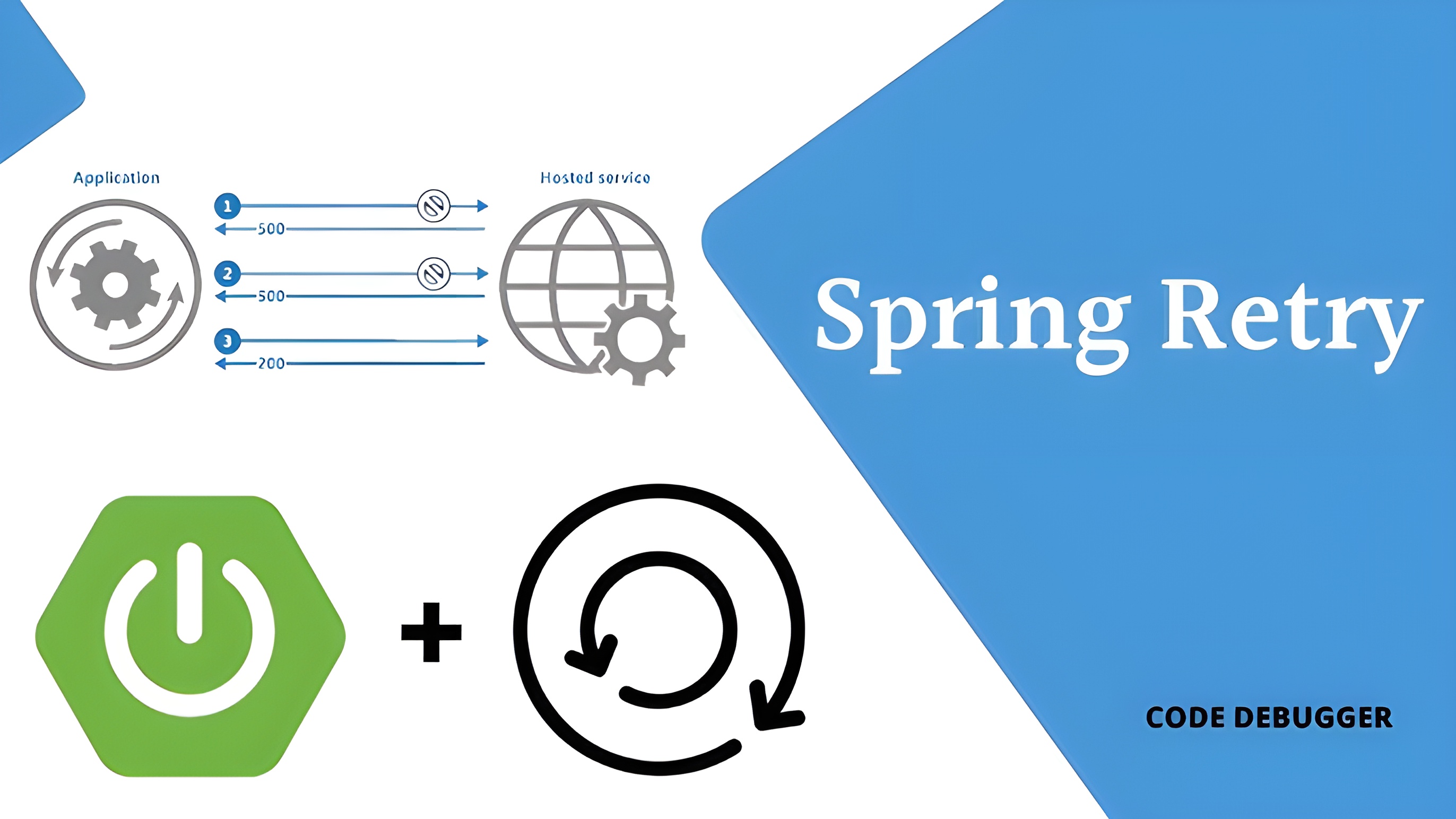Java 注解
基本注解
- 内置标准注解
1
2
3
4
5
| @Override
@Deprecated
@SuppressWarnings
@SafeVarargs
@FunctionalInterface
|
- 元注解(用于注解其他注解)
1
2
3
4
5
| @Target
@Retention
@Documented
@Inherited
@Repeatable
|
注解分类
- 按保留策略(即声明注解的生命周期,@Retention)
- SOURCE:仅保留在源码中,编译时丢弃
- CLASS:保留到 class 文件,但 JVM 不加载(默认)
- RUNTIME:保留到运行时,可通过反射读取
- 按作用目标(即声明可以注解在哪些元素之上,@Target)
| 元素 |
说明 |
| ElementType.TYPE |
注解在类、接口、枚举上 |
| ElementType.FIELD |
注解在类中的字段上 |
| ElementType.METHOD |
注解在类中的方法上 |
| ElementType.PARAMETER |
注解在方法的参数前 |
| ElementType.CONSTRUCTOR |
注解在类中构造方法上 |
| ElementType.LOCAL_VARIABLE |
注解在局部变量前 |
| ElementType.ANNOTATION_TYPE |
注解在注解上 |
| ElementType.PACKAGE |
注解在包名前 |
组合注解
@Controller 注解用来配置访问路径等,@ResponseBody 注解用来表明不做视图渲染,直接展示方法的运行结果(一般是转成 json 返回),而@RestController 组合了两者的功能,可以配置访问路径,同时也可以直接展示方法的运行结果
1
2
3
4
5
6
7
8
9
10
| @Target(ElementType.TYPE)
@Retention(RetentionPolicy.RUNTIME)
@Documented
@Controller
@ResponseBody
public @interface RestController {
@AliasFor(annotation = Controller.class)
String value() default "";
}
|
使用案例
简化 Web 层配置,需求:统一 Controller 层的公共配置(如日志、权限校验)。
1
2
3
4
5
6
| @RestController
@RequestMapping("/api/v1")
@CrossOrigin
@Tag(name = "API接口")
public @interface RestApiController {
}
|
1
2
3
4
5
6
7
8
| @RestApiController
public class UserController {
@GetMapping("/users")
public List<User> getUsers() {
}
}
|
@AliasFor
显式别名
1
2
3
4
5
6
7
8
9
10
11
12
13
14
| @Target({ElementType.METHOD, ElementType.TYPE})
@Retention(RetentionPolicy.RUNTIME)
@Documented
@Mapping
public @interface RequestMapping {
@AliasFor("path")
String[] value() default {};
@AliasFor("value")
String[] path() default {};
}
|
value 和 path 互为别名,互为别名的限制条件如下:
- 互为别名的属性其属性值类型、默认值,都是相同的。
- 互为别名的属性必须定义默认值。
- 互为别名的注解必须成对出现。
隐式别名
1
2
3
4
5
6
7
8
9
10
11
12
| @ContextConfiguration
public @interface MyTestConfig {
@AliasFor(annotation = ContextConfiguration.class, attribute = "locations")
String[] value() default {};
@AliasFor(annotation = ContextConfiguration.class, attribute = "locations")
String[] groovyScripts() default {};
@AliasFor(annotation = ContextConfiguration.class, attribute = "locations")
String[] xmlFiles() default {};
}
|
因为 value、groovyScripts、xmlFiles 都定义了别名@AliasFor(annotation = ContextConfiguration.class, attribute = “locations”),所以 value、groovyScripts 和 xmlFiles 也互为别名。
传递式隐式别名
1
2
3
4
5
6
7
8
9
10
11
12
13
14
15
16
| @MyTestConfig
public @interface GroovyOrXmlTestConfig {
@AliasFor(annotation = MyTestConfig.class, attribute = "groovyScripts")
String[] groovy() default {};
@AliasFor(annotation = ContextConfiguration.class, attribute = "locations")
String[] xml() default {};
}
@ContextConfiguration
public @interface MyTestConfig {
@AliasFor(annotation = ContextConfiguration.class, attribute = "locations")
String[] groovyScripts() default {};
}
|
@AliasFor 注解是允许别名之间的传递的,简单理解,如果 A 是 B 的别名,并且 B 是 C 的别名,那么 A 是 C 的别名
因为 MyTestConfig 中的 groovyScripts 属性是 ContextConfiguration 中的 locations 属性的别名;所以 xml 属性和 groovy 属性也互为别名
自定义注解
继承
1
2
3
4
5
6
7
8
9
10
11
12
13
14
15
16
17
18
19
20
21
22
23
24
25
26
27
28
29
30
31
32
33
34
| public class SynthesizedAnnotationTest {
@Target({ ANNOTATION_TYPE, FIELD, TYPE })
@Retention(RUNTIME)
@interface Test1 {
String test1() default "test1";
}
@Target({ ANNOTATION_TYPE, FIELD, TYPE })
@Retention(RUNTIME)
@interface Test2 {
String test2() default "test2";
}
@Target({ ANNOTATION_TYPE, FIELD, TYPE })
@Retention(RUNTIME)
@Test2
@interface Test3 {
String test3() default "test3";
}
@Test3
static class Element {}
public static void main(String[] args) {
Test2 test2 = AnnotatedElementUtils.getMergedAnnotation(Element.class, Test2.class);
System.out.println(test2);
}
}
|
覆盖
1
2
3
4
5
6
7
8
9
10
11
12
13
14
15
16
17
18
19
20
21
22
23
24
25
26
27
28
29
30
31
32
33
34
35
36
37
38
39
40
41
42
| public class SynthesizedAnnotationTest {
@Target({ ANNOTATION_TYPE, FIELD, TYPE })
@Retention(RUNTIME)
@interface Test1 {
String test1() default "test1";
}
@Target({ ANNOTATION_TYPE, FIELD, TYPE })
@Retention(RUNTIME)
@interface Test2 {
String test2() default "test2";
}
@Target({ ANNOTATION_TYPE, FIELD, TYPE })
@Retention(RUNTIME)
@Test2
@interface Test3 {
@AliasFor(annotation = Test2.class, attribute = "test2")
String test3() default "test3";
}
@Test3(test3 = "覆盖Test2属性中的test2方法")
static class Element {}
public static void main(String[] args) {
Test2 test2 = AnnotatedElementUtils.getMergedAnnotation(Element.class, Test2.class);
System.out.println(test2.test2());
}
}
|
合并
1
2
3
4
5
6
7
8
9
10
11
12
| @Documented
@Target({ElementType.TYPE,ElementType.METHOD})
@Retention(RetentionPolicy.RUNTIME)
@A
@B
public @Interface C{
@AliasFor(annotation = A.class, attribute = "value")
String aValue();
@AliasFor(annotation = B.class, attribute = "value")
String bValue();
}
|





